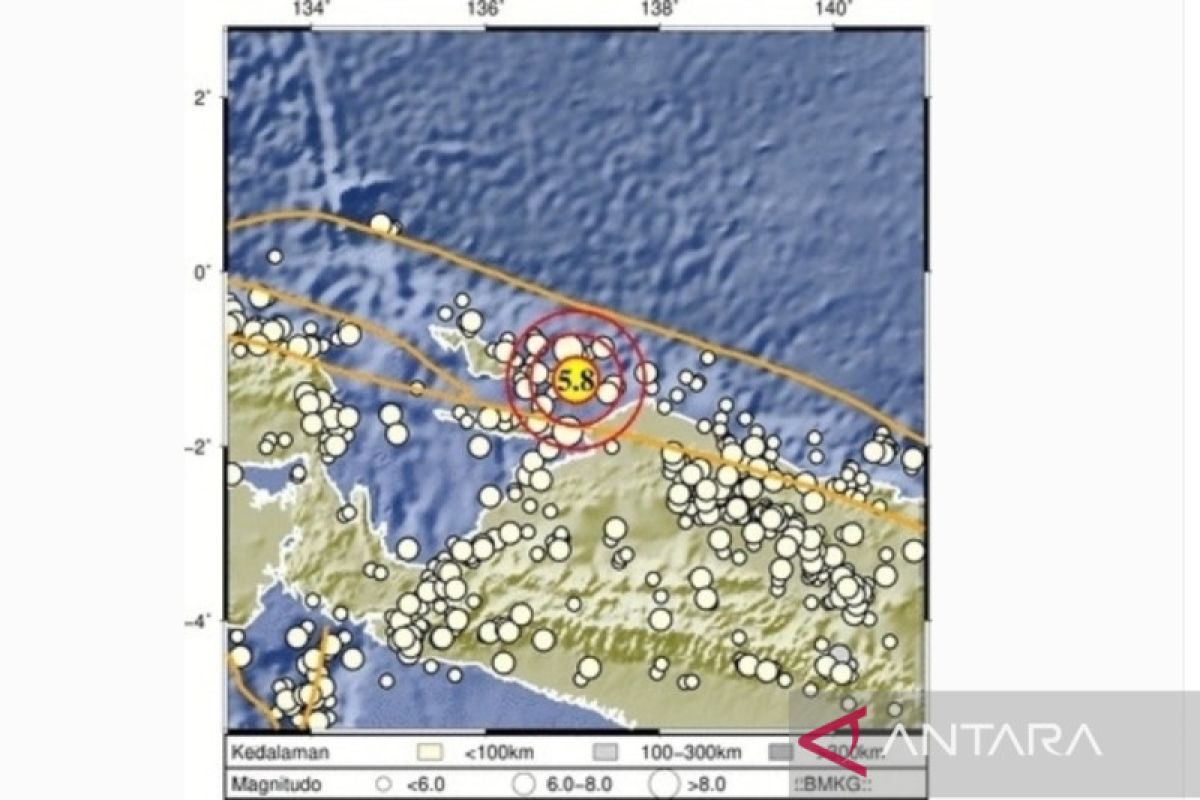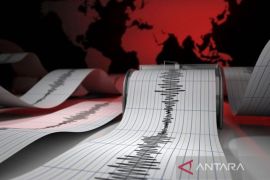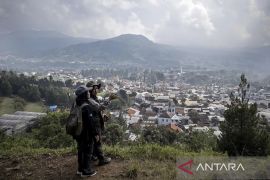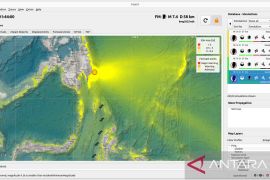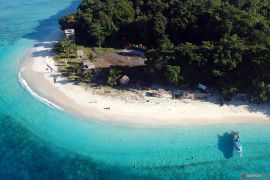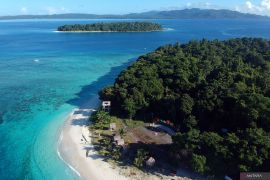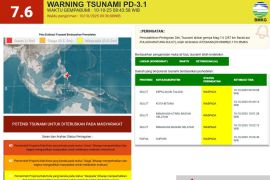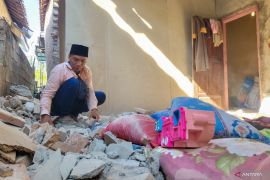The quake's epicenter was located at 1.24 degree southern latitude and 137.04 dgree eastern longitude , at a depth of 10 km, and some 111 km northeast of Yapen Islands, the Meteorology, Climatology, and Geophysics Agency (BMKG) said.
The tremor did not have potential to trigger a subsequent tsunami, and was felt at II and III MMI (Modified Mercalli Intensity) in Biak, and III MMI in Serui, Papua.
Based on MMI scale, II MMI means that the earthquake is felt only by a few people at rest, especially on upper floors of buildings. Delicately suspended objects may swing.
III MMI means that the earthquake is felt quite noticeably by people indoors, especially on upper floors of buildings: Many people do not recognize it as an earthquake. Standing motor cars may rock slightly. Vibrations are similar to the passing of a truck, with duration estimated.
The meteorology agency reminded Yapen Islands residents to remain vigilant of possible aftershocks.
Indonesia sits on the Pacific Ring of Fire, which is also referred to as the Circum-Pacific Belt, a path along the Pacific Ocean characterized by active volcanoes and frequent earthquakes.
Related news: Central Sulawesi committed to expediting post-disaster recovery
Related news: Fault within Maluku Sea Plate caused West Halmahera earthquake: BMKG
Related news: 5.3-magnitude quake hits Lampung's Tanggamus
Translator: Zubi Mahrofi, Fardah
Editor: Sri Haryati
Copyright © ANTARA 2022
